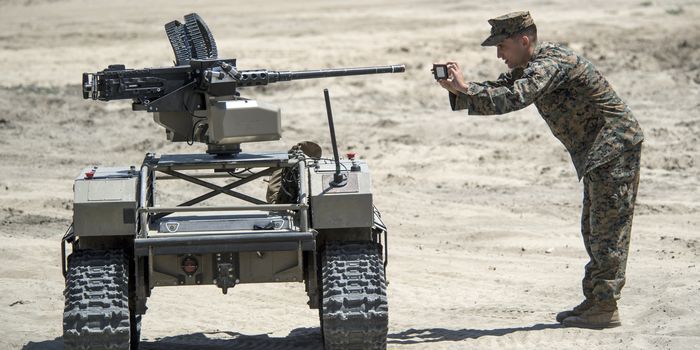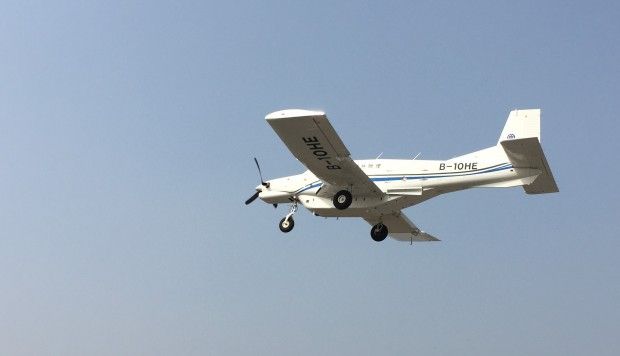This cyborg dragonfly is half insect half drone.
Category: drones – Page 143

Today, as part of my #libertarian California Governor campaign, I toured some of the areas in Northern California destroyed by the recent wildfires
I saw hundreds of homes in one subdivision destroyed (8900 homes were destroyed in total in the fires). We must seek out better technological solutions to stop wildfires in California. Lives are at risk and hundreds of billions of dollars are at stake. The state is getting drier, and innovative technologies—especially drone surveillance—can help spot fires before they get too large to easily contain. AI can also tell us, based on weather conditions, where fire protection resources and first responders should be stationed. Quickly putting out fires that do occur is the key to protecting the state.
FAA Approves Drone As ‘Cell Phone Tower In The Sky’ For Puerto Rico
Good idea, they could use the help!!
Updated at 5 p.m. ET
The FAA announced it has approved a drone that can function as a flying cell phone tower to help restore cellular service in Puerto Rico.
The aircraft is called the Flying COW, for Cell on Wings. Developed by AT&T, it flies up to 200 feet above the ground, and can provide voice, data and Internet service for 40 square miles.
Seven minutes of terror: AI activists turn concerns about killer robots into a movie
As if the mere phrase “killer robots” weren’t scary enough, AI researchers and policy advocates have put together a video that combines present-tense AI and drone technologies with future-tense nightmares.
The disturbing seven-minute movie is being released to coincide with a pitch being made on Monday in Geneva during talks relating to the U.N. Convention on Certain Conventional Weapons, or CCW.

Alibaba lets AI, robots and drones do the heavy lifting on Singles’ Day
And it is on Singles’ Day, automation, robots, AI and machine learning will be widely applied to all aspects of the annual shopping ritual, right from product selection to delivery.
This year’s November 11 shopping ritual will engage a recommendation algorithm, robots, and chatbots capable of understanding human emotion.

China’s AT200 cargo drone makes maiden flight
China’s heaviest cargo unmanned aerial vehicle (UAV) AT200 prepares for its maiden flight in Neifu Airport in Pucheng, northwest China’s Shaanxi Province, Oct. 26, 2017. China’s heaviest cargo unmanned aerial vehicle (UAV) completed its maiden flight in northwest China’s Shaanxi Province Thursday. With a maximum take-off weight of around 3.4 tonnes and a payload of 1.5 tonnes, the AT200 could be one of the world’s most powerful civilian UAVs. (Xinhua)
BEIJING, Oct. 27 (Xinhua) — China’s heaviest cargo unmanned aerial vehicle (UAV) completed its maiden flight in northwest China’s Shaanxi Province Thursday.
The AT200 drone, jointly developed by several research institutes and companies, made a successful 26-minute maiden flight, according the Institute of Engineering Thermophysics.


Could drone that can deliver cargo to islets in South China Sea secure presence in disputed waters?
China has carried out a test flight of an unmanned aerial vehicle, or drone, that could provide rapid cargo delivery to remote islets in the South China Sea without airstrips, in Beijing’s latest move to secure its presence in the disputed waters.
The drone – built from a modified low-cost fixed-wing plane – can carry 1.5 tonnes of cargo and land on a runway of just 200 metres, according to the Institute of Engineering Thermophysics at the Chinese Academy of Sciences in Beijing, which led the project.
It can also use a dirt track or grass field for take off and landing at military facilities that do not have an airfield, the institute said on its website on Friday.
Drone Footage of Europe’s First 3D-Printed House
Russia has become the first country in Europe to use a 3D printer to construct a real residential house. https://sptnkne.ws/fKYu
